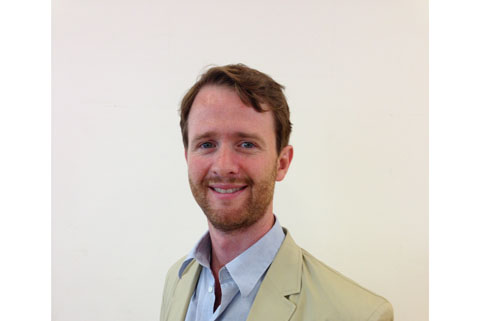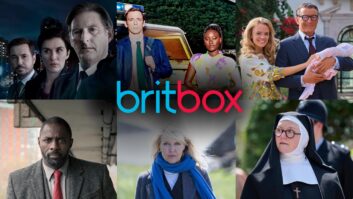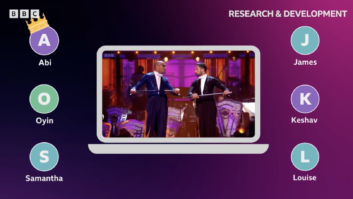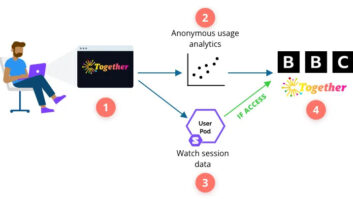
To mark the 50th anniversary of Sir Winston Churchill’s death, BBC Studios and Post Production’s Digital Media Services team has digitally restored historic footage of the momentous state funeral for BBC Parliament. As part of a wider commemorative series of shows commissioned by the BBC, the footage of Churchill’s funeral was re-transmitted at 9:15am on Friday 30 January 2015 to coincide with the exact time that it was broadcast 50 years ago in 1965.
The digitally restored film provides a minute-by-minute account of the four-and-a-quarter hour state funeral, the largest in world history at that point in time. Broadcast to over 350 million homes across Europe, the footage starts from the funeral cortege and takes in London’s cityscape from the Houses of Parliament to St Paul’s, where the service in the cathedral is shown in its entirety. The film then shows the final procession down the Thames to Waterloo, where the coffin is carried onto the funeral train to Handborough, near Bladon, Churchill’s final place of rest.
Uniquely, the unedited footage is a recording of the historic event being played out on a broadcast-quality television screen in West London. As film was a more economical and reliable way of archiving programmes in the 1960s, the best way to record TV pictures onto film was to use a specially-designed cine camera that was focused on an equally specially-designed TV monitor. This was due to the fact that at the time, videotape was expensive, bulky and quite unreliable and generally only intended as temporary storage for programme material.
Charles Tugendhat (pictured), director of Digital Media Services at BBC Studios and Post Production, said: “It’s an honour to continue to remaster historically important content and we add Sir Winston Churchill’s state funeral to the restoration of the Queen’s Coronation and the digitisation of WW1 film footage for the Imperial War Museums. It’s always a real privilege to be ensuring British heritage is future-proofed for generations to come.”
To achieve the best possible results, BBC Studios and Post Production’s Digital Media Services’ colourist Harvey Williams worked from the 14 original 35mm film reels, and the overall restoration took just five days.
Because of the way the footage was recorded there were limitations with the source material, however the film itself was in fairly good condition. Split across numerous reels, the first process was to join the film up invisibly to give a seamless result, which was difficult given the nature of the content.
Next, the film was manually cleaned and transferred to HD using a Spirit telecine machine. To address and reduce dirt, scratches, grain, noise, blemishes and sparkle on the film, Williams worked frame-by-frame in Nucoda FilmMaster and DustBuster to grade and clean the footage. The recording of the monitor also brought with it its own set of issues, including momentary loss of picture, twitches and small movements in the image. These were all handled and stabilised in Nucoda FilmMaster, where the picture shape was also adjusted along with some re-sizing before final QC and playout to HDCamSR tape.
For the sound, a high pitched whistle, which occurred through much of the material (due to the nature of the recording) was addressed and reduced significantly. The final task was to sync up the audio with the picture as the originals reels did not match and therefore required re-syncing on every reel changeover.







